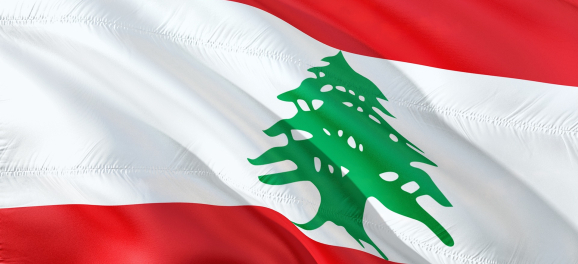Lebanon

Off the beaten track
Lebanon's wine making history dates back 1,000 of years. In the city of Baalbek, in the Bekaa Valley, an astonishingly intact second-century temple to Bacchus, Roman god of wine, holds a dramatic mirror to wine’s cultural significance in this part of the world. Fast forward to 1857, when French Jesuit monks planted Cinsault vines in the Bekaa Valley, the presence of the French between the World Wars cemented a wine culture in the country. Today, Lebanon has come a long way in focusing on its wine production. On an average, close to 6m cases of wine are produced in this country every year.
Gaston Hochar's celebrated Château Musar was a late arrival on the wine making scene, in 1930, but its meteoric rise has seen it become one of the iconic Lebanese wines in the Western markets. Despite the adverse effects from the frequent conflicts in the region (chiefly vineyard destruction and immigration), the resilience and dedication of Lebanon's winemakers has kept wine making traditions there alive.

